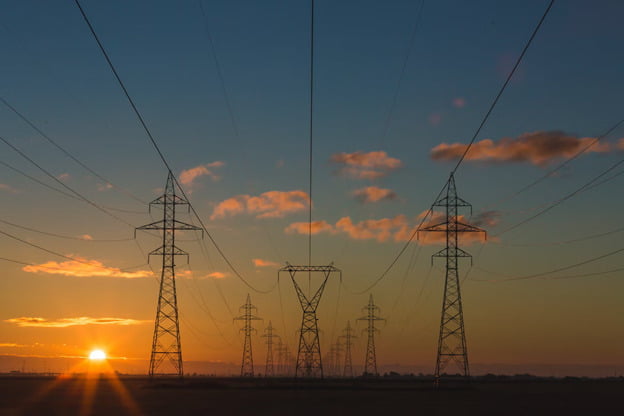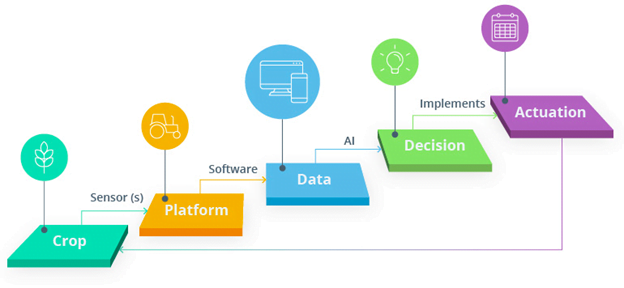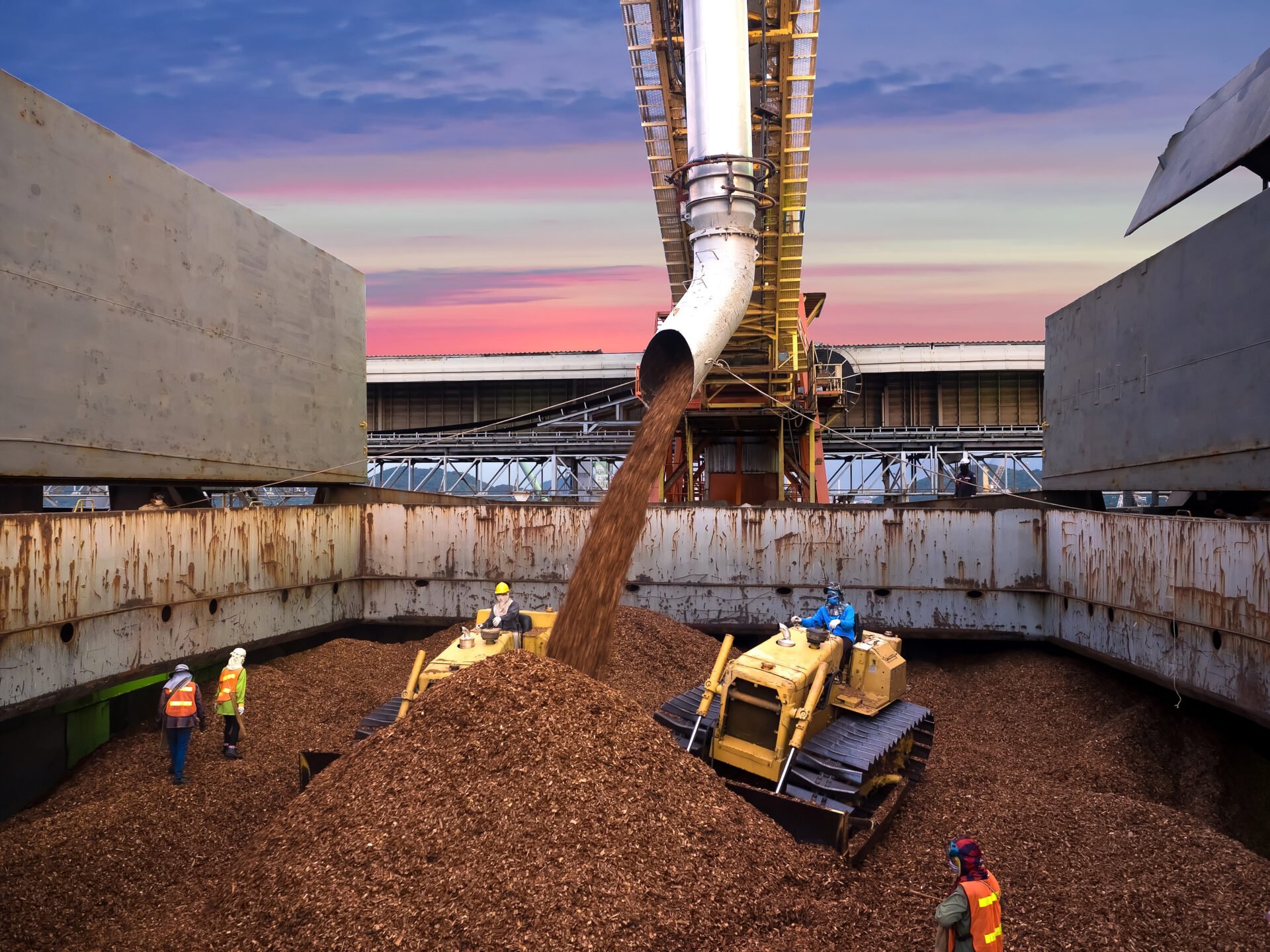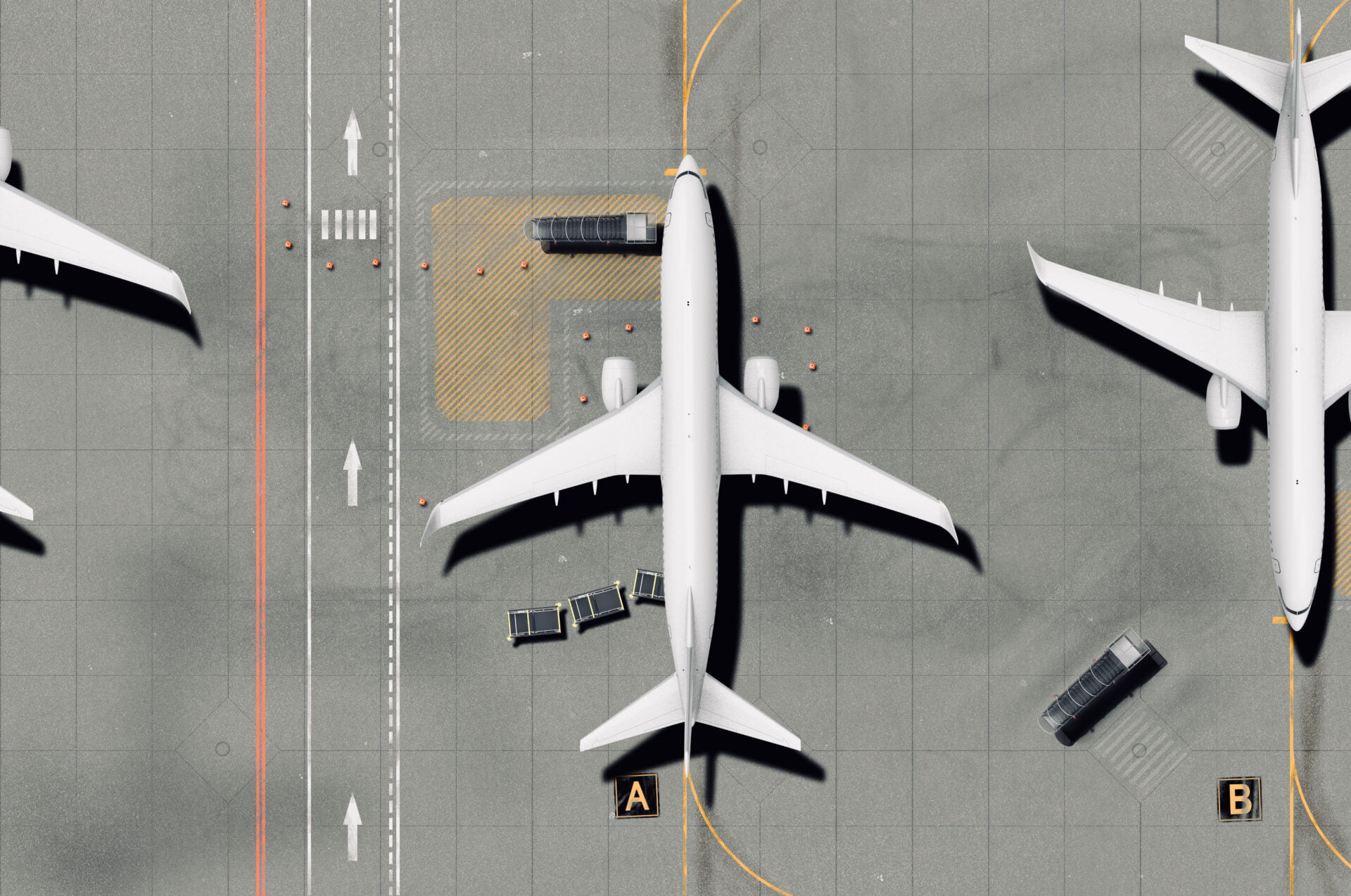AI for Climate Change: An Invaluable Tool?
Find out how AI is reshaping disaster prevention, smart agriculture, and climate prediction....

In a video published for the United Nations Security Council, David Attenborough, the famed naturalist, stated that climate change was “the biggest threat to security that modern humans have ever faced.” This ominous remark emphasises the critical importance of dealing with the global crisis. As a result, it’s no wonder that Artificial Intelligence (AI) is emerging as a crucial tool in our fight against climate change.
This article will delve further into how AI is reshaping disaster prevention, smart agriculture, and climate prediction, ultimately paving the way towards a more sustainable future.
Disaster Prevention through AI for Climate Change
1. Distributed Energy Grids with AI
The pressure for communities to further develop the accuracy of their energy demands has grown increasingly crucial; especially considering the increasing tension between renewable and non-renewable energy sources. This demand is worsened by a rise in the number of catastrophic weather occurrences, as well as persistent political conflicts, which all contribute to the energy crisis.
As a result, the role of Machine Learning AI in responding to this multidimensional situation has become critical. This cutting-edge technology is being intentionally employed to improve our ability to predict energy demand, a task that is becoming increasingly difficult in the face of shifting environmental and international situations.
Machine Learning AI can predict energy requirements with remarkable precision by leveraging massive datasets and powerful analytical approaches. Furthermore, integrating renewable energy into existing power systems is a challenging problem that Machine Learning AI is proficient at solving.
AI algorithms can analyse and forecast renewable energy outputs like solar and wind power, which are fundamentally adaptable and reliant on climatic circumstances. This ability to anticipate is critical for the effective integration of alternative energy sources into the grid, which ensures a consistent and stable electricity supply.

Nvidia is one of the leading companies in this pursuit. The company works with electric utilities companies in the United States. They combine data on the state of the electric grid with local weather conditions to identify distribution lines caked with ice that may be in danger of failing.
In doing so, they are able to dispatch repair crews in time. Moreover, the company has also built machine learning models that take advantage of computer-vision systems to monitor ageing equipment on power lines. These are only a few of the projects currently deployed, but funding for these types of interventions is significant.
2. Smart Agriculture & Food Systems
At Gemmo, we’ve previously talked about the interventions that AI can adopt for agriculture, through AgriTech, from vertical farming to management of insect production. All of this is essential to maintaining a healthy ecosystem.
In its entirety, AI-improved agriculture includes:
-
Big data management
This aspect involves the collection and processing of massive amounts of agricultural data. AI systems can interpret this data using complex algorithms, delivering insights on agricultural yields, soil health, and resource utilisation. This data-driven strategy helps farmers to make more educated decisions, resulting in increased production and sustainability.
-
Early detection of crop diseases and issues:
AI technology is critical in the early detection of plant illnesses and insect infestations. AI can analyse photos from drones or satellites using powerful image recognition technology, discovering abnormalities that suggest possible crop risks. Early diagnosis is critical for reducing the impact of diseases and pests on crop health and productivity.
-
Livestock upkeep:
AI facilitates the monitoring and analysis of animal health and behaviour in the field of livestock management. Farmers may assess the health of their animals, predict health concerns, and optimise breeding practises by using sensors and machine learning algorithms. This not only protects the animals’ health but also increases the efficiency of cattle production.
-
Optimisation of supply and demand:
Machine learning algorithms are good at predicting market demand and supply chain variations. AI can help align agricultural production with market demands by analysing market trends and customer behaviour.
This in turn leads to a decrease in excess as well as in shortages. Such optimisation guarantees that resources are used as effectively as possible, resulting in a more balanced and responsive agricultural ecosystem.
The Overall Goal
The overall goal of AI-enhanced agriculture is to increase resource management expertise. This endeavour focuses on decreasing waste, creating more sustainable systems, and increasing resilience to harsh weather events.
The incorporation of AI into agricultural practises has the potential to revolutionise the way we approach food production, making it more sustainable, efficient, and adaptable to the changing requirements of our global population.

The figure above illustrates how the progress of data management, technology, and AI is currently furthering and improving Smart Farming. The underlying power of this new combination is the boost of smart decision making. Data-driven agriculture and AI techniques set the foundation for a more sustainable future.
3. Weather & Climate Prediction
“Climate Informatics” is a new field that converges on climate science, data science, and artificial intelligence. Moreover, there exists an open community by the same name that holds annual conferences to discuss various research around climate science. Of these research, one of the most promising leads is the use of AI to transform weather forecasting.
Historically, the field of weather forecasting has required high performance energy-intensive computing to function. While these traditional methods can be successful, they require significant computer resources to process and analyse huge volumes of meteorological data.
On the other hand, the introduction of artificial intelligence and deep learning networks has represented an important development in this arena. These improved technologies have enabled computers to function at quicker rates, allowing for more complexity in the calculation of real-world weather events.
The application of AI in weather forecasting goes beyond simple computing efficiency. AI approaches are instrumental in addressing biases inherent in conventional forecasting models.
These biases, which are frequently caused by limits in historical data or oversimplifications of complicated atmospheric processes, can distort forecasts and decrease their reliability. In essence, AI systems with more effective pattern recognition ability may detect and correct for these biases, resulting in more accurate projections.
Conclusion: AI for Climate Change is Invaluable
The integration of AI into the global battle against climate change is not just logical; it is imperative. As we have explored, AI is driving innovation in disaster prevention, energy management, smart agriculture, and climate prediction.
These applications represent only a fraction of AI’s potential to contribute to a sustainable future. We hope this article serves as an inspiration for individuals and organisations to harness the power of AI in the fight against climate change.
Stay connected with Gemmo for the latest updates on AI and its pivotal role in shaping a more sustainable world.
Author: Michelle Diaz



